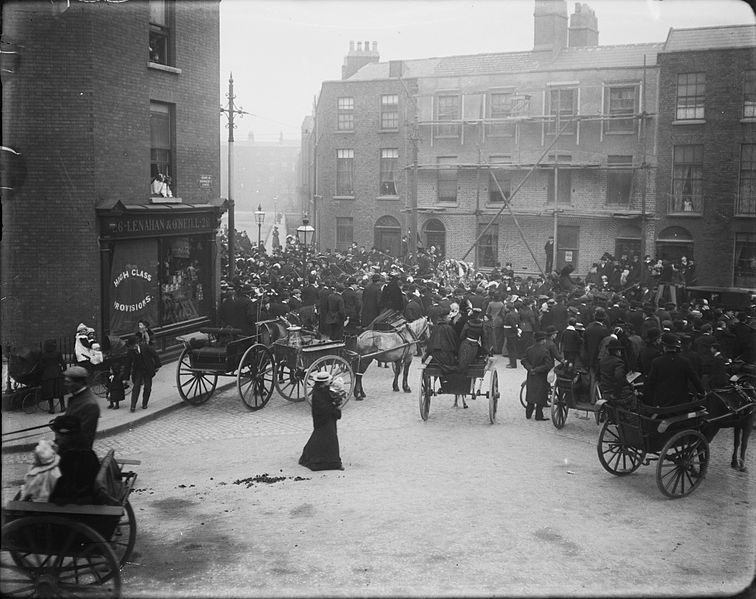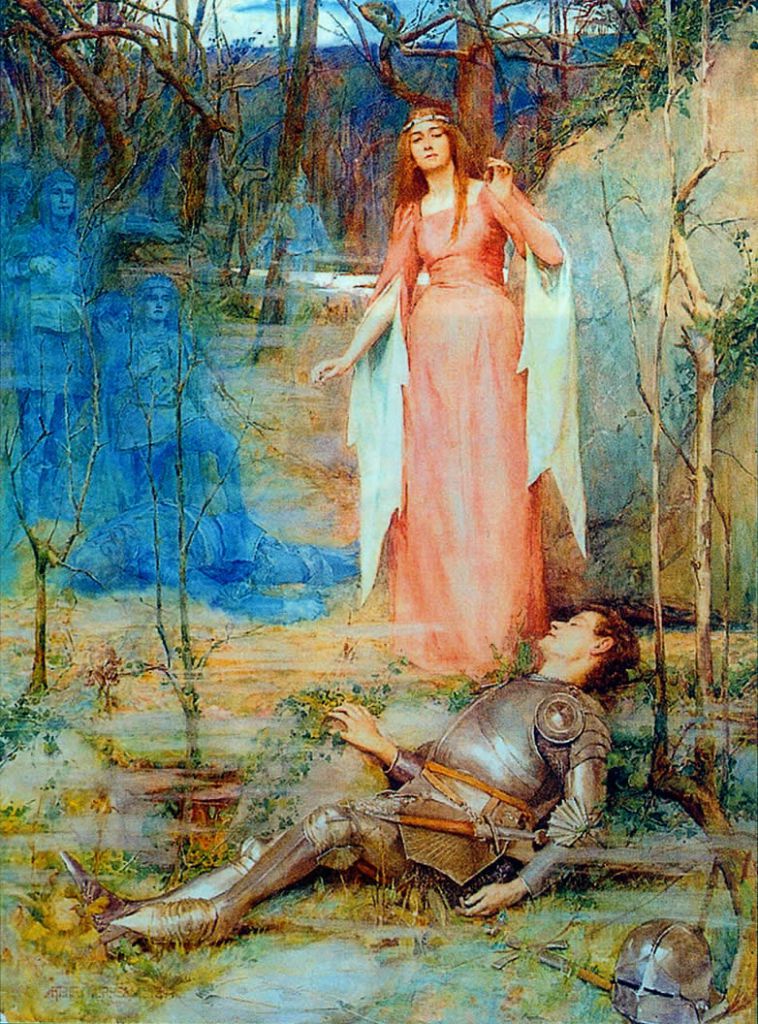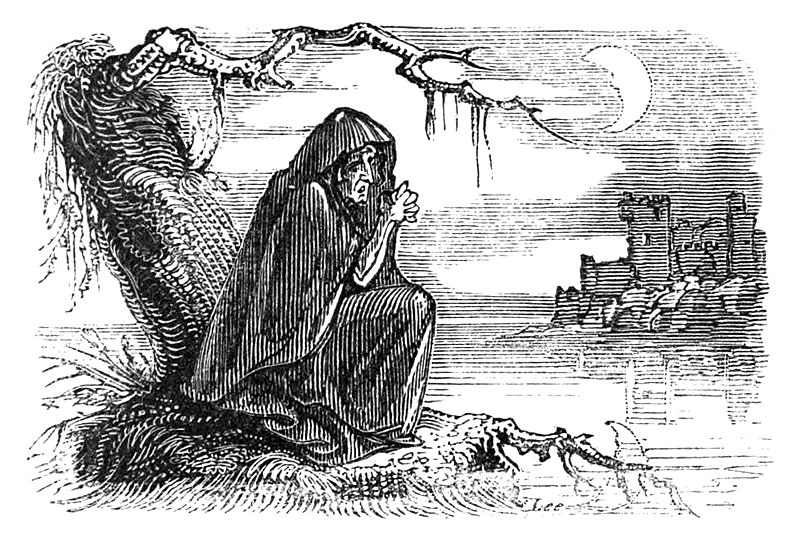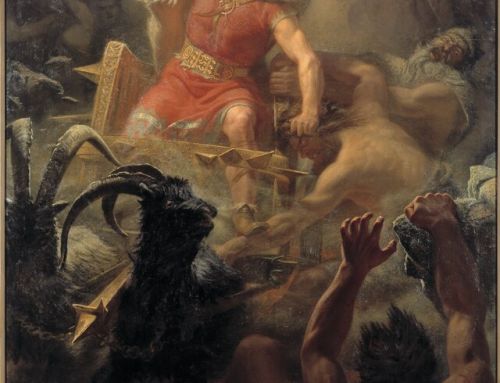The green isles of Ireland are home to many tales of mythical creatures, such as the infamous Leprechaun, the sorceress Carman and the headless horseman Dullahan.
One of the more well-known mythological creatures is that of the Banshee, a female fairy whose screams alerts others to the presence of the spirit. Their haunting wails were used to warn people about the passing of a loved one or a death that’s soon to happen within the household. To ensure the message would be passed on, Banshees would attach themselves to a family of pure Irish descent and act as guardians to inform everyone with their loud cries.
Origins of the Banshee can be linked to the custom of Caoine, otherwise known as Caoineadh.
This was an Irish funeral tradition that started over a thousand years ago and composed of women keening near the corpse to cleanse it of evil. Unfortunately, the tradition of Caoine has died out in the last hundred years due to reconsiderations of the ceremony.

Women who performed these lamentations were aptly called Keeners. They were hired by the deceased persons family to prepare the body before it was laid to rest, where they would recite poetry and screech in honour of the dead. Along with the strong belief of fairies who lived in the woods and hills of Ireland, it’s presumed that both of these elements lead to the appearance of the Banshee in Irish folklore.
Whilst the actual appearance of the Banshee varied greatly according to witness accounts, there are a few points of consensus. Such as how all the Banshees were described as looking like women and wearing dresses when seen by humans.
Some are said to be young and beautiful women with red hair, others as white-haired old women with bloodshot eyes, as well as a bizarre recollection of the fairy appearing as a headless and half-naked woman carrying a bowl of blood.

Perhaps it was due to the uncertainty concerning their uncanny looks and eerie behaviours that’s caused a shift in the Banshees media presentation during modern times, as recent interpretations of Banshees are affiliated with vengeful spectres and ghosts. The idea of a spirit that heralds the death of a loved one or even that the queen of the Banshees, Clíodhna, was also considered a Goddess of love have seemingly been long forgotten.
Fantasy series such as Charmed, Harry Potter and Supernatural have all specifically introduced Banshees as murderous antagonists who lack control over their actions and cause destruction, in contrast to their neutral moral standings in oral tales.
Hopefully, future stories with Banshees can put a more positive spin on the interesting mythological creature and show some of the Celtic culture that this fairy was surrounded by.





Leave A Comment